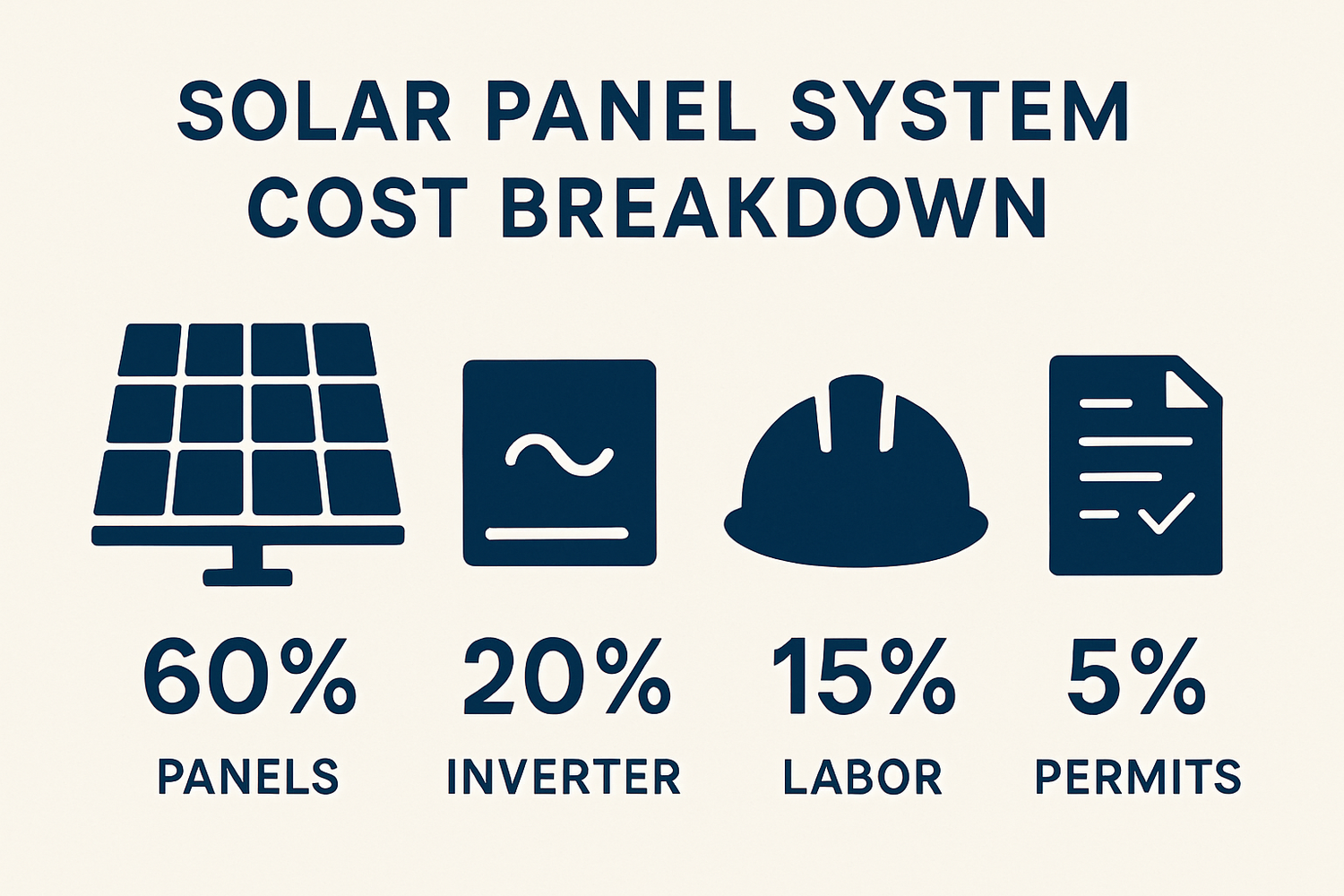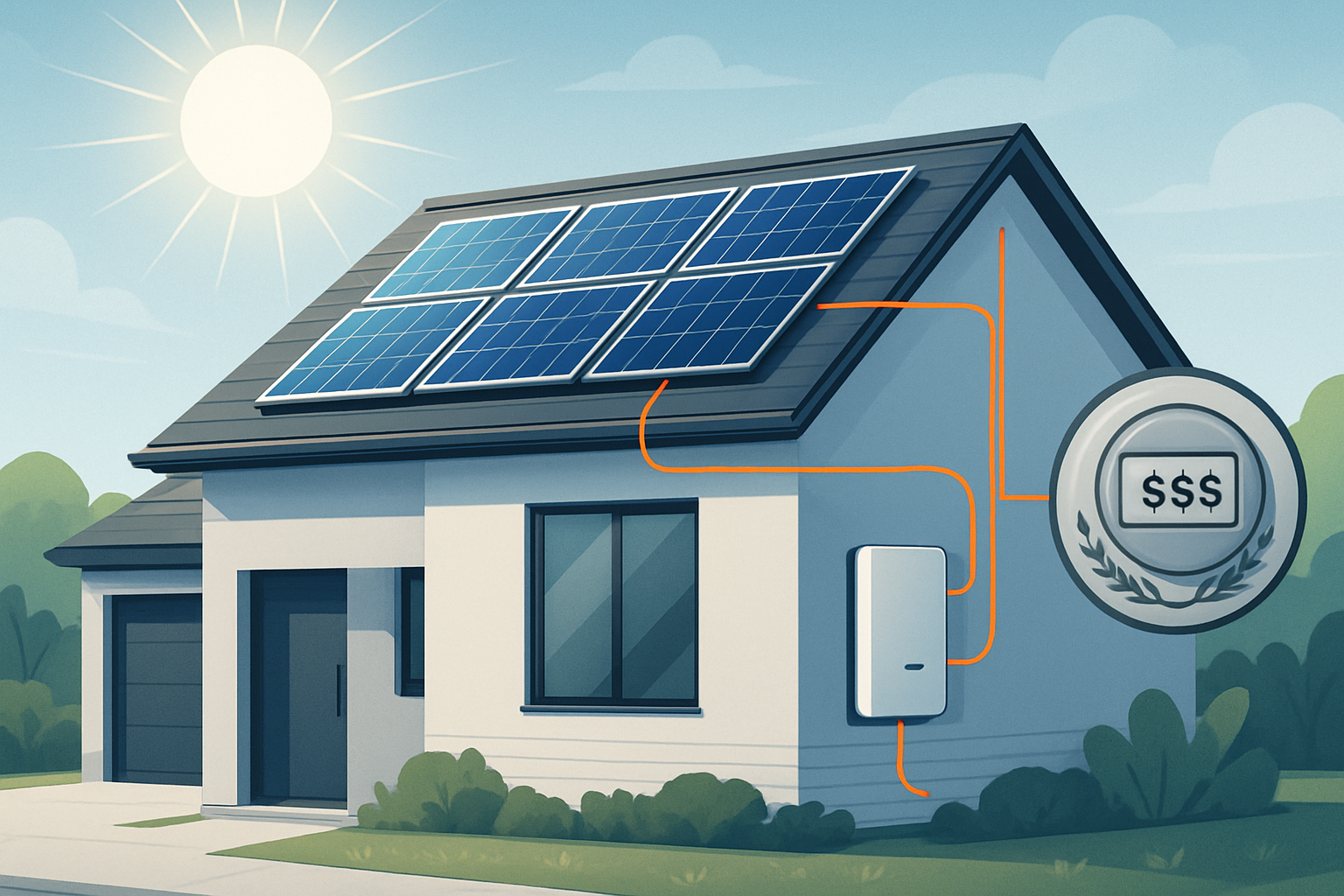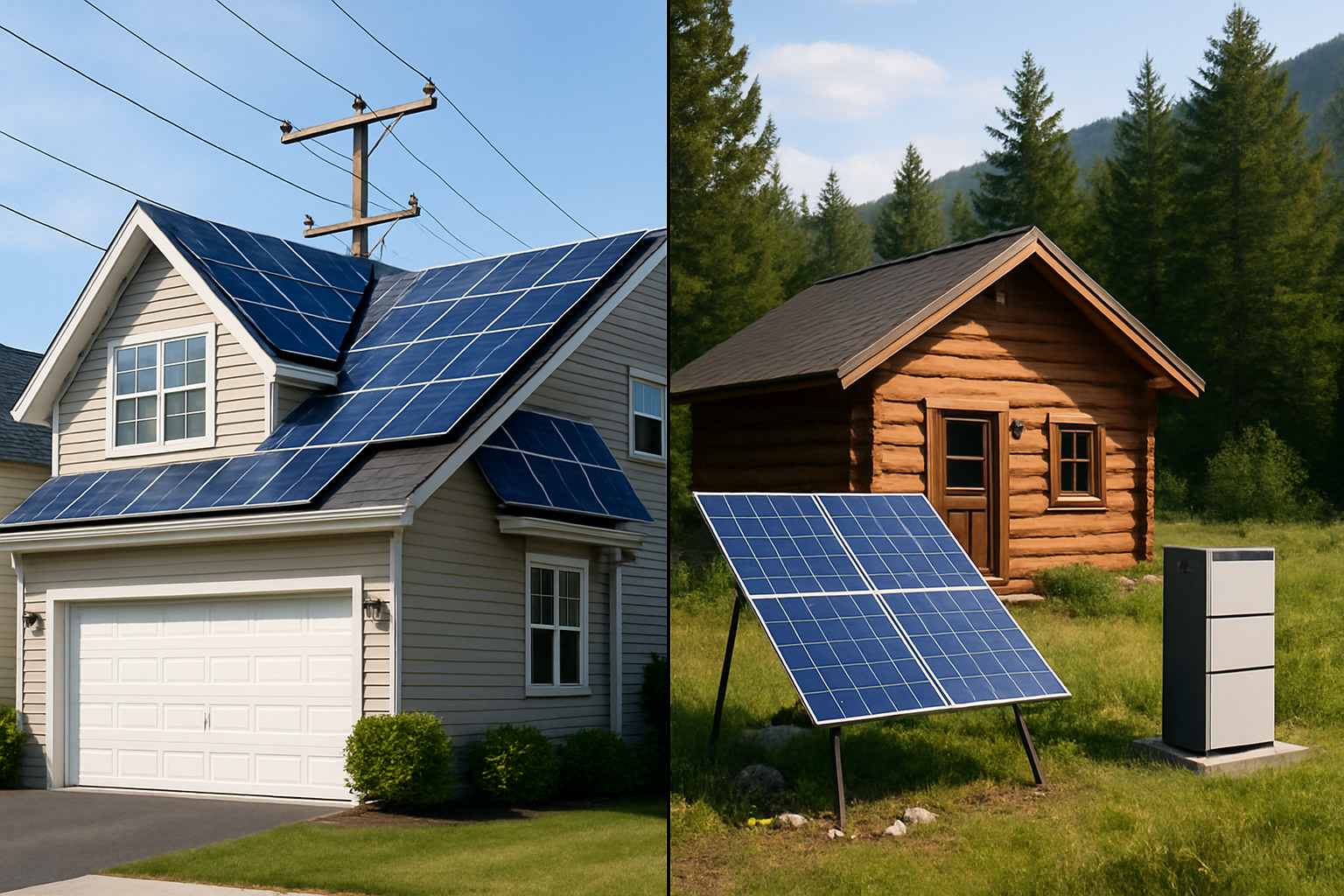Investing in solar energy for your home or business offers a compelling path towards energy independence and long-term savings. As 2025 unfolds, many individuals consider the financial aspects of this transition, particularly the solar payback period. This is the time it takes for your energy savings to equal your initial investment in a solar panel system. Understanding this timeframe helps you make informed decisions about your energy future.
The solar industry continues to evolve rapidly, driven by technological advancements and shifting energy landscapes. We will explore current cost trends, explain how to calculate your payback period, and highlight strategies to enhance your return on investment. Our extensive experience in the solar and energy storage sectors, coupled with our focus on reliable and scalable energy solutions, positions us to offer you practical insights for achieving energy independence.
The Evolving Landscape of Solar Costs
The cost of solar power systems has seen significant shifts, making them an increasingly accessible option. Recent data indicates a continued downward trend in pricing, particularly for residential solar panels. This makes the investment more attractive than ever before.
Panel and Component Pricing Trends
In 2024, the median cost per watt for a solar panel system in the United States reached an all-time low of $2.50, representing a more than 33% decline compared to 2014 prices. The average cost for solar panel installations in 2024 ranged from $2.50 to $3.50 per watt before incentives, with most homeowners paying around $2.85 per watt for a complete system. This price often includes panels, inverters, electrical components, and mounting hardware. The International Renewable Energy Agency (IRENA) confirmed that in 2024, solar photovoltaics (PV) were, on average, 41% cheaper than the most affordable fossil fuel alternatives.
Module and inverter cost reductions have significantly driven down total installed costs for utility-scale solar projects, accounting for 60% of the decline between 2010 and 2024. This trend suggests continued cost-effectiveness for solar installations in 2025.
Installation Labor and Soft Costs
Beyond the hardware, installation labor and other "soft costs" also influence the total investment. These can include permitting fees, inspections, and customer acquisition costs. While panel prices have fallen, these soft costs can vary by region and installer. For an average 6.5 kW solar system, you might spend between $16,600 and $20,500 before tax credits or rebates. The U.S. Department of Energy estimates that installers add approximately $2.25 per watt to the cost of a solar panel installation, covering labor, office work, and other mechanical expenses.

Calculating Your Solar Payback Period
The solar payback period represents the point at which your cumulative energy savings equal your initial investment. After this period, the electricity generated by your solar panels is essentially free, leading to pure savings for the remainder of your system's lifespan.
Key Factors Influencing Payback
Several factors determine your specific payback period:
- System Cost: This includes the total price of panels, inverters, mounting, and installation, minus any incentives.
- Electricity Rates: Higher local electricity rates mean greater savings from your solar system, shortening the payback time. Residential electricity rates in the U.S. climbed 32% in the last decade, reaching 16.48 cents per kilowatt-hour (kWh) in 2024. The U.S. Energy Information Administration (EIA) projects U.S. residential electricity prices to rise by 1% in 2024, the slowest year-over-year growth since 2020.
- Solar System Size and Efficiency: A system sized appropriately for your energy needs, using high-efficiency panels, will maximize power generation and accelerate savings.
- Available Incentives: Federal, state, and local tax credits, rebates, and net metering policies significantly reduce upfront costs and increase savings. For instance, the Residential Clean Energy Credit offers a 30% income tax credit for clean energy equipment, including solar, through December 31, 2025.
- Sunlight Exposure: Your location's climate and the amount of direct sunlight your panels receive directly impact energy production.
Regional Variations and Incentives
The average solar payback period in the U.S. typically ranges from 6 to 10 years. Some states with strong solar incentives and higher electricity prices see shorter payback times. For example, in 2024, California had an estimated payback period of 5-7 years, while Oregon was 9-12 years. These regional differences highlight the importance of researching local programs. You can often find information on policies and incentives through resources like the Database of State Incentives for Renewables and Efficiency (DSIRE).
You can calculate your estimated payback period using a simple formula:
System Cost (after incentives) / Annual Electricity Savings = Payback Period (Years)
For example, if your solar system costs $15,000 after incentives and saves you $1,500 annually on electricity bills, your payback period would be 10 years.
Maximizing Your Solar Investment Return
Achieving a faster solar payback and maximizing your long-term financial benefits involves strategic choices, particularly regarding system design and complementary technologies.
The Role of Energy Storage
Integrating a home energy storage system (ESS) with your solar panels can significantly enhance your investment return. Solar panels generate power when the sun shines, but you do not always use all of it immediately. An ESS allows you to store surplus solar power in batteries for use later, such as during peak electricity rate hours or at night.
Our home energy storage systems integrate high-performance, safe, and reliable lithium iron phosphate (LiFePO4) batteries with hybrid inverters and solar panels. This allows you to:
- Reduce Peak Hour Consumption: Utilize stored solar energy when grid electricity prices are highest, leading to substantial savings.
- Increase Energy Independence: Store surplus power, making you less reliant on the grid and better prepared for outages. This is particularly valuable in regions experiencing frequent power disruptions.
- Optimize Self-Consumption: Maximize the use of the electricity your panels generate, rather than sending excess back to the grid, which some utility companies may not credit generously.
The cost of battery energy storage systems (BESS) has dropped significantly, with utility-scale systems seeing a 93% reduction since 2010, reaching $192/kWh in 2024. This trend makes residential energy storage increasingly viable for homeowners seeking greater control over their energy usage and costs.
Optimizing System Efficiency and Maintenance
To ensure your solar panels deliver optimal performance and a quicker payback, consider these points:
- Panel Quality and Efficiency: Higher efficiency panels convert more sunlight into electricity per square foot, meaning you might need fewer panels or generate more power from your available roof space. The conversion efficiency of a photovoltaic (PV) cell is the percentage of solar energy converted into usable electricity. Improving this efficiency is a key research goal.
- Professional Installation: Proper installation ensures your system operates at peak performance and lasts its expected lifespan.
- Regular Maintenance: Keeping panels clean and ensuring all components function correctly prevents efficiency losses.
- Monitoring: Modern solar systems often come with monitoring tools, allowing you to track production and consumption, helping you identify and address any issues promptly.
Our solar inverters efficiently convert the direct current (DC) electricity from your panels into alternating current (AC) for your home, maximizing the usable energy from your system. For properties without grid access, our off-grid solar solutions provide complete energy independence, suitable for homes, farms, or remote cabins.
Your Energy Future
The decision to invest in solar energy extends beyond just the financial payback period. It represents a commitment to a sustainable energy future and offers tangible benefits that enhance your lifestyle and property value.
Enhancing Energy Independence
A solar power system, especially when paired with battery storage, moves you closer to true energy independence. You gain control over your power supply, reducing vulnerability to utility rate increases and grid instabilities. This peace of mind, knowing you have a reliable power source even during outages, is a significant advantage. You also contribute to a more resilient and decentralized energy grid, benefiting your community.
Environmental Impact and Grid Stability
By generating clean electricity, you significantly reduce your carbon footprint. Solar energy produces no greenhouse gas emissions during operation, helping combat climate change. In 2024, solar PV made up 7% of global electricity generation, a rise from 5% in 2023. The International Energy Agency (IEA) reports that global solar generation surpassed 2,000 TWh in 2024, growing 30% year-on-year. This substantial growth in renewable capacity, including solar, is helping to meet rising electricity demand and reduce reliance on fossil fuels.
Furthermore, increased solar deployment, especially with integrated storage, improves grid stability by reducing demand during peak hours and providing localized power generation. This helps prevent blackouts and brownouts, creating a more robust energy infrastructure for everyone.
Considering the declining costs, favorable incentives, and the long-term benefits of energy independence and environmental stewardship, solar energy represents a wise and empowering choice for 2025 and beyond. You are not simply installing panels; you are investing in a more secure, sustainable, and cost-effective energy future for yourself and for generations to come.





Leave a comment
All comments are moderated before being published.
This site is protected by hCaptcha and the hCaptcha Privacy Policy and Terms of Service apply.